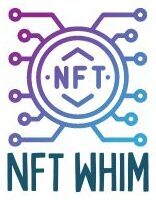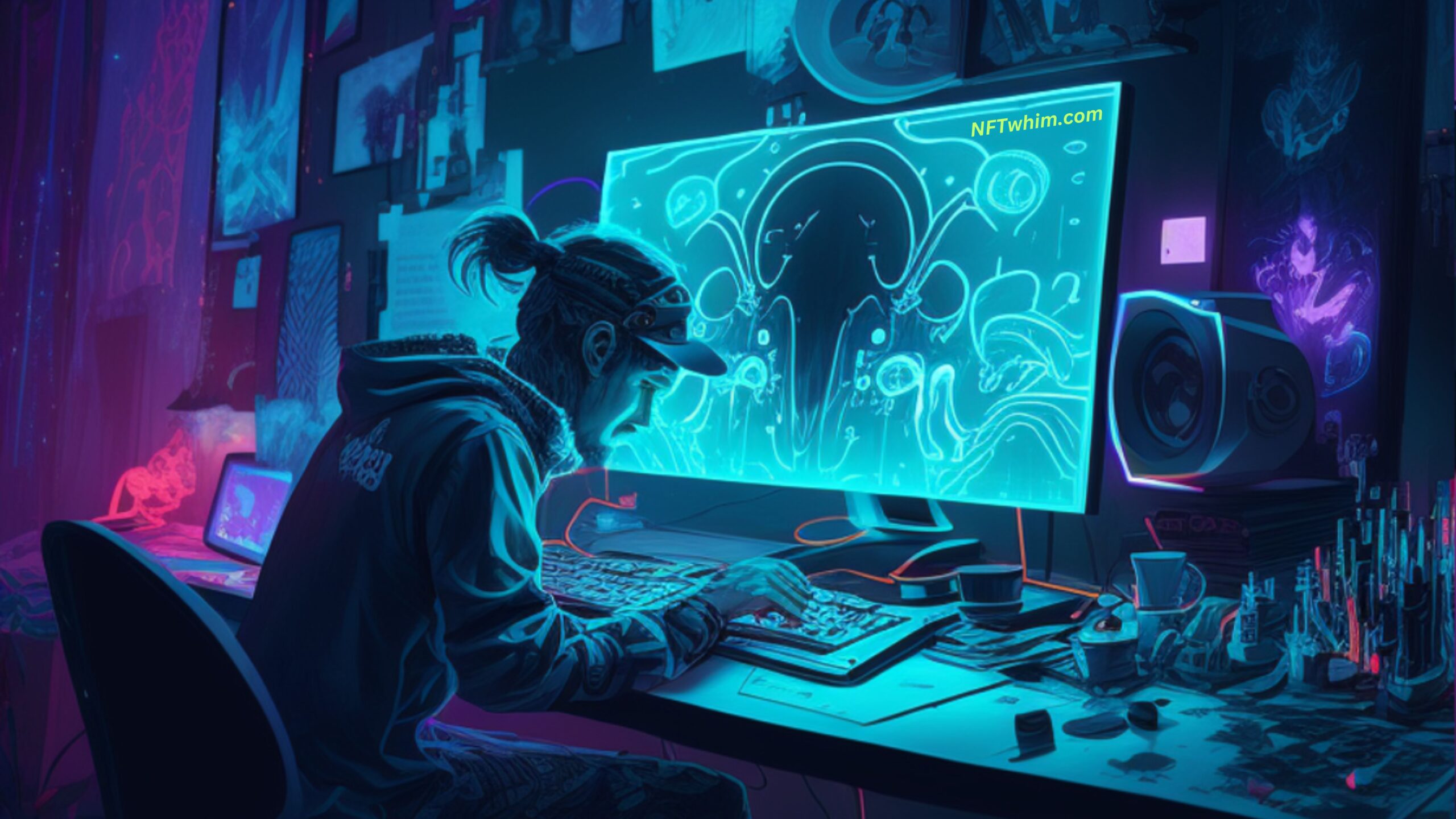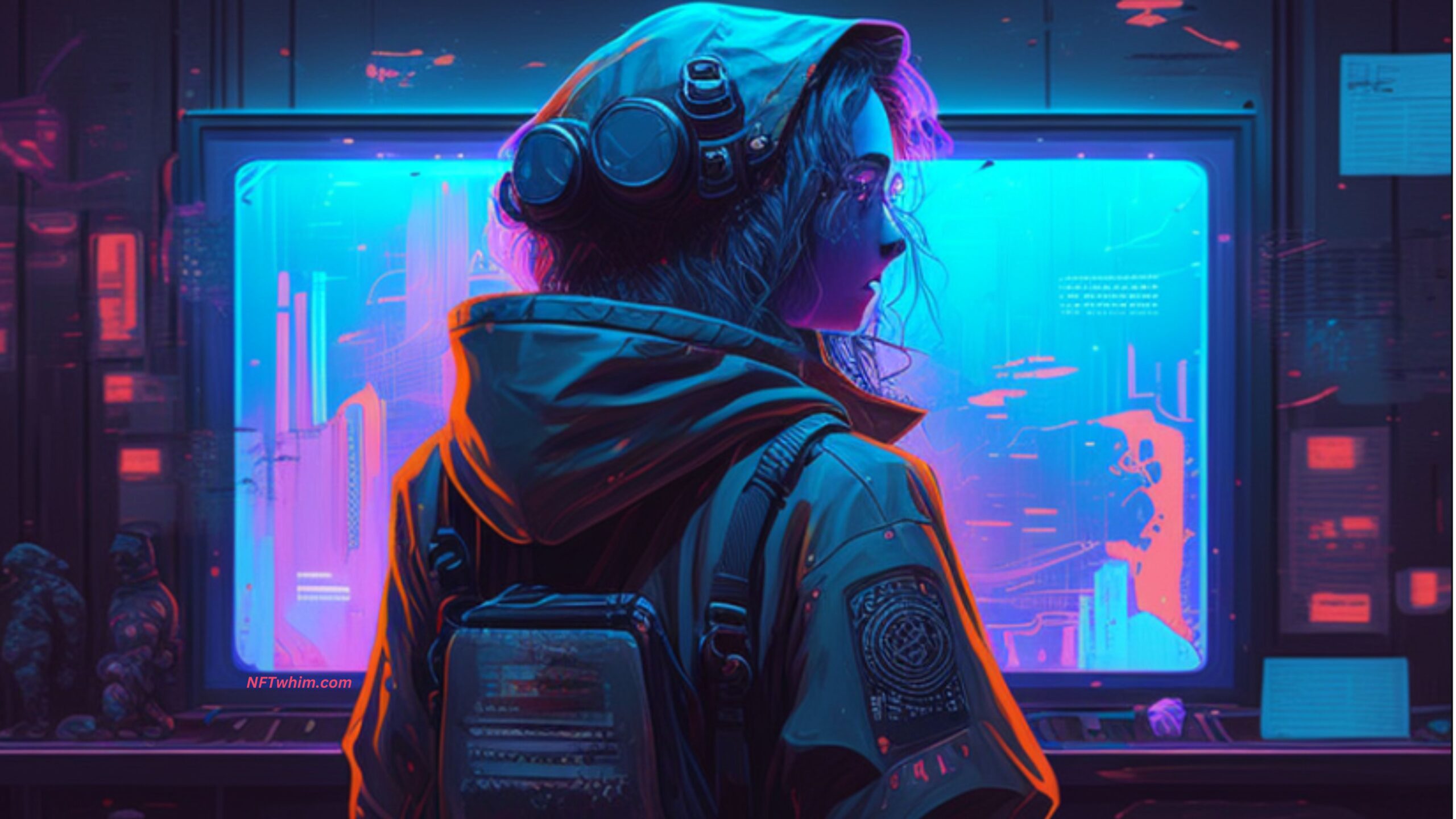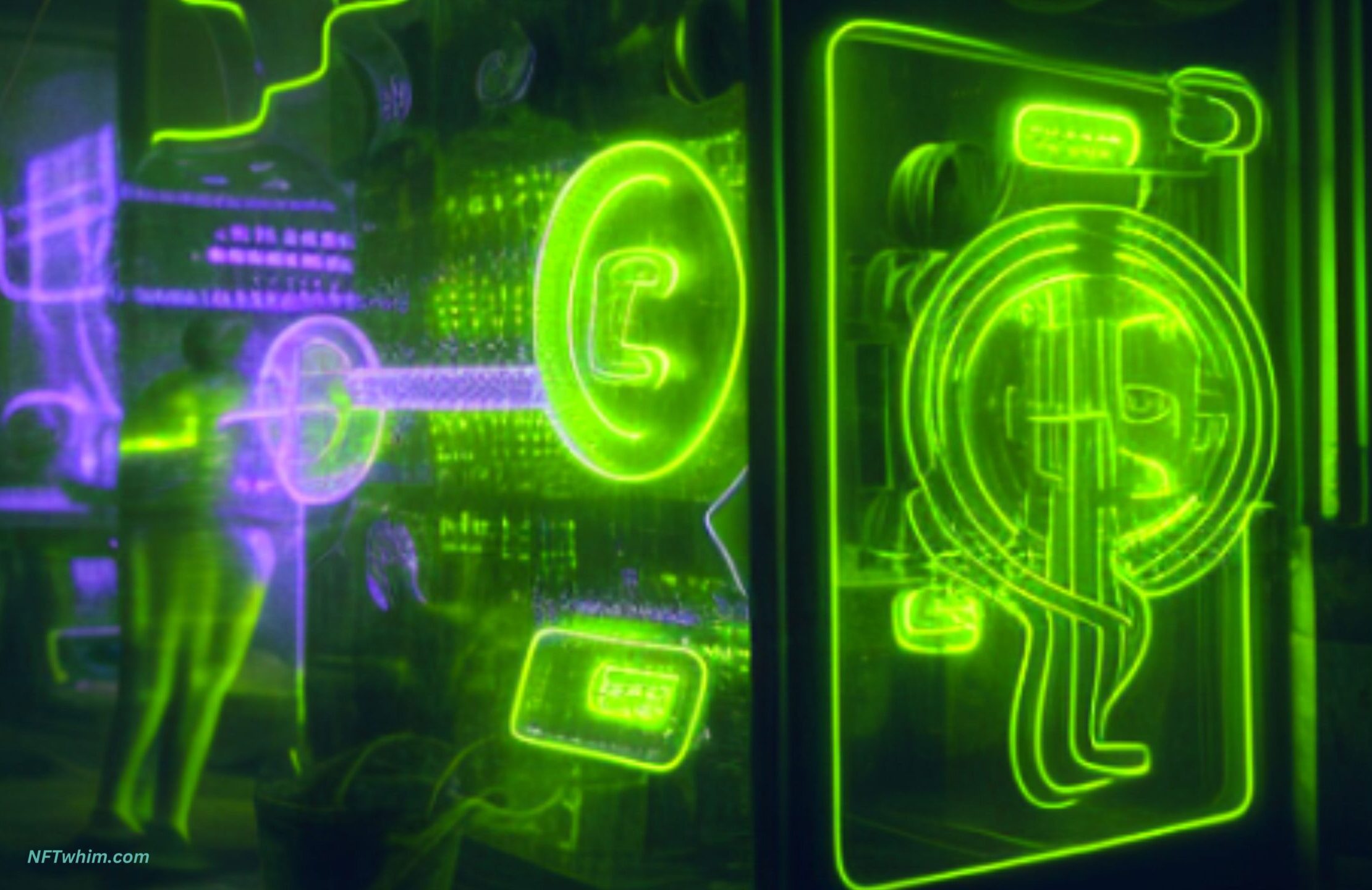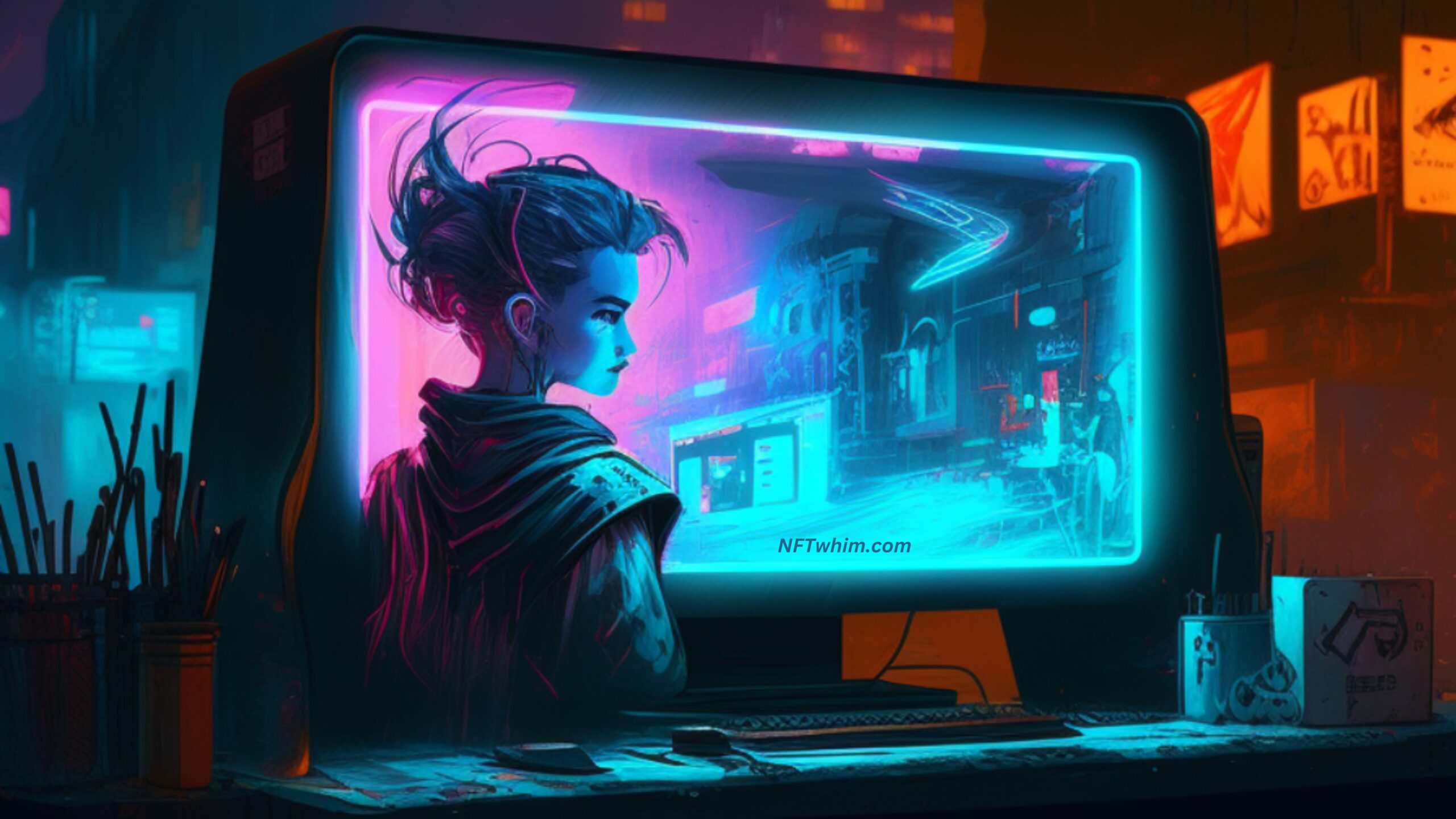If you’re an artist, creator or collector, chances are you have heard of non-fungible tokens (NFTs). NFTs have captured art world, allowing creators to monetize their digital artwork and collectors to own unique pieces. But with the increasing number of NFTs available on the market, how do you ensure that your NFT collection gets attention and stands out from the rest?
The answer lies in pitching your NFTs to collectors effectively. In this guide, we’ll provide you with some tips and tricks on how to pitch your NFTs to collectors and get them excited about your unique creations.
Here’s what we’ll talk about:
Table of Contents
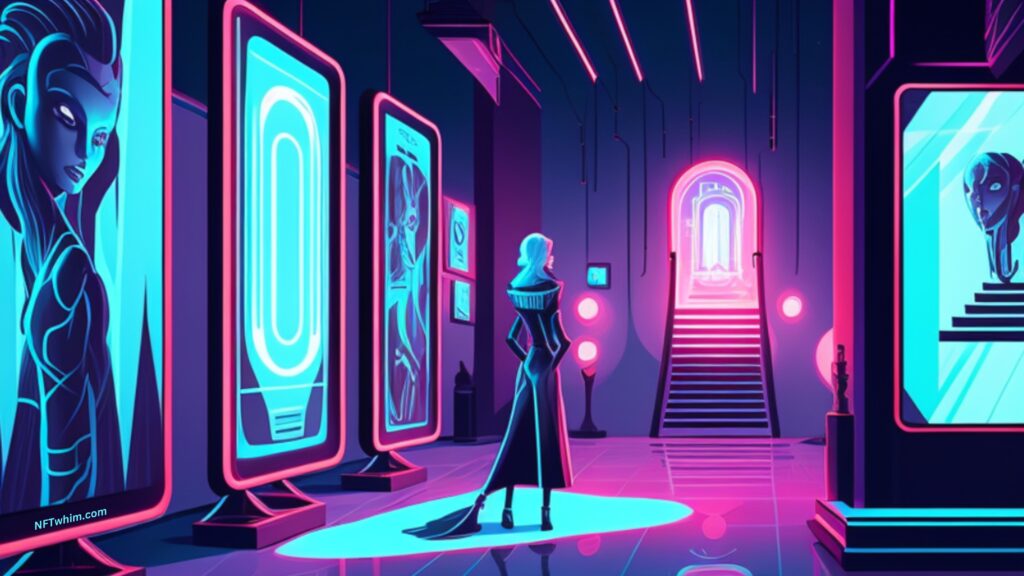
Know Your Target Audience
The first step in pitching your NFTs to collectors is understanding your target audience. Understanding who your audience is can help you tailor your pitch and marketing efforts to resonate with them. It’s essential to identify their interests, preferences, and buying habits to create an effective strategy.
Research is crucial in identifying your target audience. You can start by analyzing the demographic data of your current customers or potential buyers. For instance, if you’re creating NFTs related to sports, your target audience would likely be sports enthusiasts. You can research their age range, gender, income level, location, and other characteristics to gain insights into their preferences.
Once you’ve identified your target audience, it’s essential to understand what motivates them to buy NFTs. In some cases, collectors may be motivated by the unique features of the NFT, such as its scarcity or rarity. In other cases, collectors may be motivated by the potential for the NFT to appreciate in value over time. Knowing these motivations can help you tailor your pitch to emphasize the aspects of your NFT that are most appealing to your target audience.
Another important factor to consider when identifying your target audience is the platform where you plan to sell your NFTs. Different NFT marketplaces may attract different types of buyers, and it’s essential to know which platform will be the most effective in reaching your target audience.
In summary, understanding your target audience is essential when pitching your NFTs to collectors. By researching their interests, preferences, and buying habits, you can tailor your pitch and marketing efforts to resonate with them. This can help you increase your chances of successfully selling your NFTs and building a strong collector base.
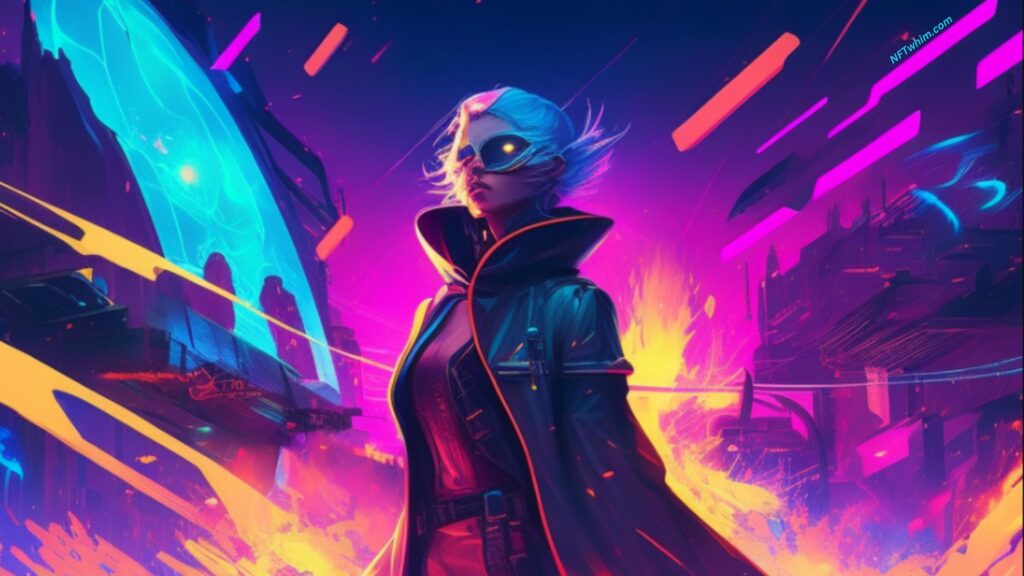
Build a Strong Brand Identity
Building a strong brand identity is key to success when selling NFTs. It’s not just about the quality of your artwork or the uniqueness of your NFTs. It’s about creating a connection with your audience and making them feel like they’re part of something special.
The first step in building a brand identity is to define your USP, or unique selling proposition. This is what sets your NFTs apart from the competition and makes them worth collecting. Your USP could be anything from the style of your artwork to the story behind your NFTs. Think about what makes your NFTs unique and how you can communicate that to potential collectors.
Once you have defined your USP, it’s time to create a cohesive brand image. This includes everything from your logo and color scheme to the language you use in your marketing materials. Your brand should be consistent across all platforms and channels, including social media, your website, and any advertising you do.
Consider partnering with other artists or influencers to help build your brand. Collaborations can be a great way to expand your reach and connect with new audiences. Make sure to choose partners who align with your brand values and can help you reach your target audience.
Building a strong brand identity takes time and effort, but it can pay off in the long run. A strong brand can help you stand out in a crowded marketplace, build trust with collectors, and ultimately drive sales.

Craft a Compelling Pitch
Crafting a compelling pitch is a crucial step in successfully selling your NFTs to collectors. It’s not enough to simply have a great product – you need to be able to communicate its value in a way that resonates with potential buyers. Here are some tips for crafting a pitch that will grab the attention of collectors:
1. Identify your key features and benefits
Before you can start crafting a pitch, you need to identify what makes your NFTs special. What sets them apart from other NFTs on the market? What features do they have that collectors will find appealing? Some examples of key features might include rarity, unique artwork, or a connection to a particular community or event. Once you’ve identified your key features, think about the benefits they offer to collectors. How will owning your NFTs enhance their collection or bring them value in other ways?
2. Create a story
Humans are wired for storytelling, and a compelling narrative can make your NFTs much more appealing to collectors. Think about the story behind your NFTs. What inspired you to create them? What challenges did you face in the creation process? What makes your NFTs unique or special? Use this narrative to create a pitch that will engage collectors on an emotional level and make them feel invested in your NFTs.
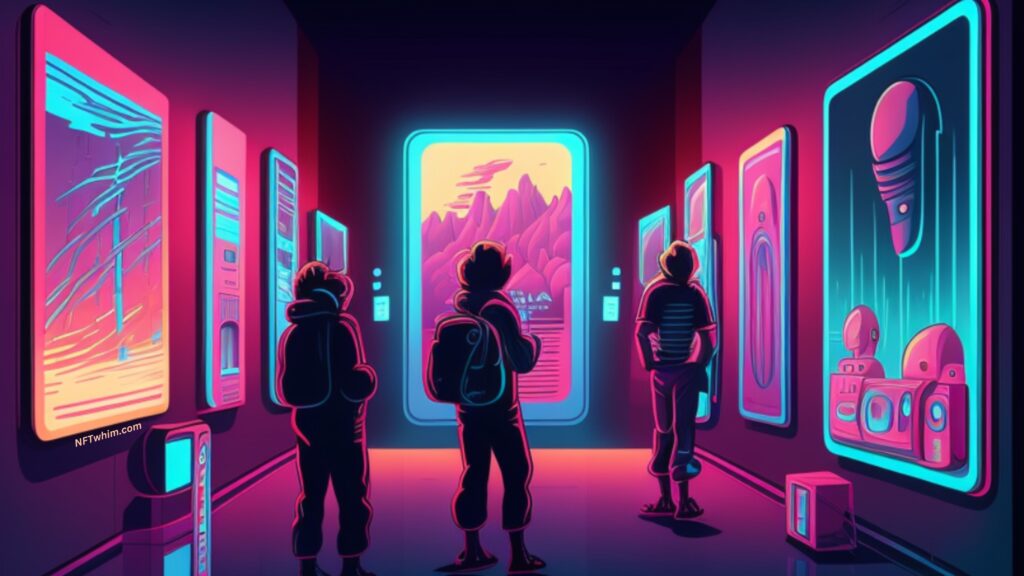
3. Communicate the value proposition
Collectors want to know why your NFTs are worth their investment. This means you need to be able to clearly communicate the value proposition of your NFTs. This might include factors like rarity, utility, or potential for future appreciation in value. Make sure you highlight these factors in your pitch, and be prepared to answer any questions collectors might have about the value of your NFTs.
4. Use language that resonates with collectors
When crafting your pitch, it’s important to use language that will resonate with your target audience. This might mean using industry-specific jargon or referencing popular cultural touchstones that collectors are likely to be familiar with. Try to understand the language and tone that your target audience uses, and tailor your pitch accordingly.
5. Keep it concise and focused
Finally, it’s important to remember that collectors are busy people. They don’t have time to wade through lengthy, rambling pitches. Keep your pitch concise and focused, highlighting the most important features and benefits of your NFTs. This will help ensure that collectors stay engaged and interested in what you have to offer.
Crafting a compelling pitch takes time and effort, but it can be the difference between a successful NFT sale and a flop. By identifying your key features and benefits, creating a compelling story, communicating your value proposition, using language that resonates with collectors, and keeping your pitch concise and focused, you can increase your chances of selling your NFTs to eager collectors.
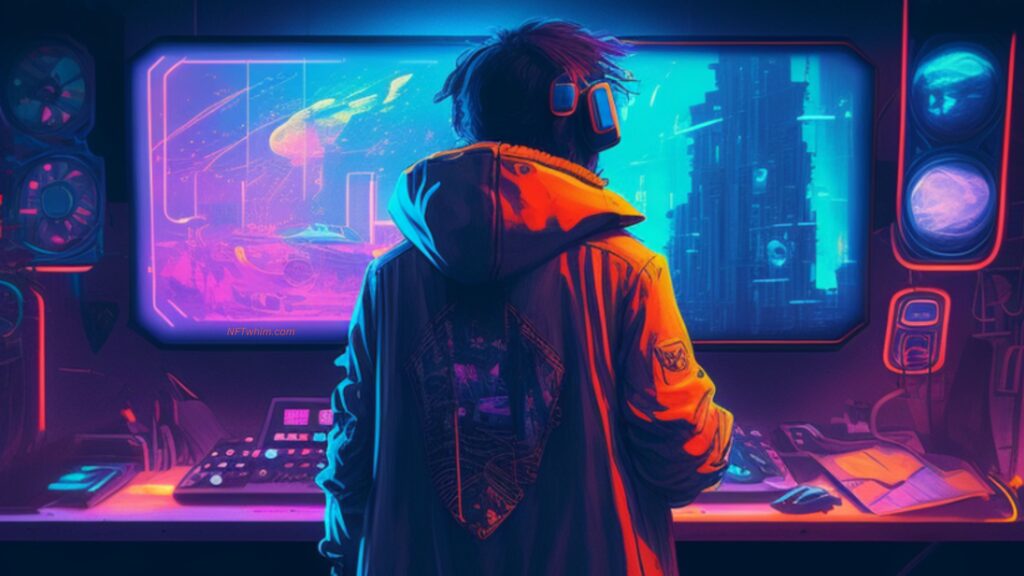
Use Effective Marketing Strategies
When it comes to selling NFTs, effective marketing can be the difference between a successful sale and a missed opportunity. One of the best ways to market your NFTs is through social media platforms. By utilizing platforms like Twitter, Instagram, and Discord, you can build a following and create a buzz around your NFTs.
One effective strategy is to engage with the NFT community by participating in online discussions and sharing your work. This can help you build relationships with potential buyers and other artists who may be interested in your NFTs. It’s important to be genuine in your interactions and avoid coming across as spammy or pushy.
Another strategy is to partner with influencers and other artists who can help promote your NFTs to their followers. Look for influencers who align with your brand and have a following that matches your target audience. This can help increase your reach and expose your NFTs to new audiences.
In addition to social media, consider using other marketing tactics such as email marketing and paid advertising. Email marketing can be an effective way to nurture relationships with potential buyers and keep them updated on your latest NFT releases. Paid advertising can also help you reach a wider audience and drive traffic to your NFT marketplace listings.
It’s important to keep in mind that marketing strategies may need to be adjusted based on your target audience and the type of NFTs you’re selling. For example, if you’re selling NFTs geared towards gamers, you may want to consider advertising on gaming websites or partnering with gaming influencers.
Finally, be sure to measure the success of your marketing efforts and adjust your strategies as needed. Use analytics tools to track engagement rates, click-through rates, and other metrics to determine what’s working and what’s not. By continually refining your marketing strategies, you can increase the visibility of your NFTs and attract more collectors.
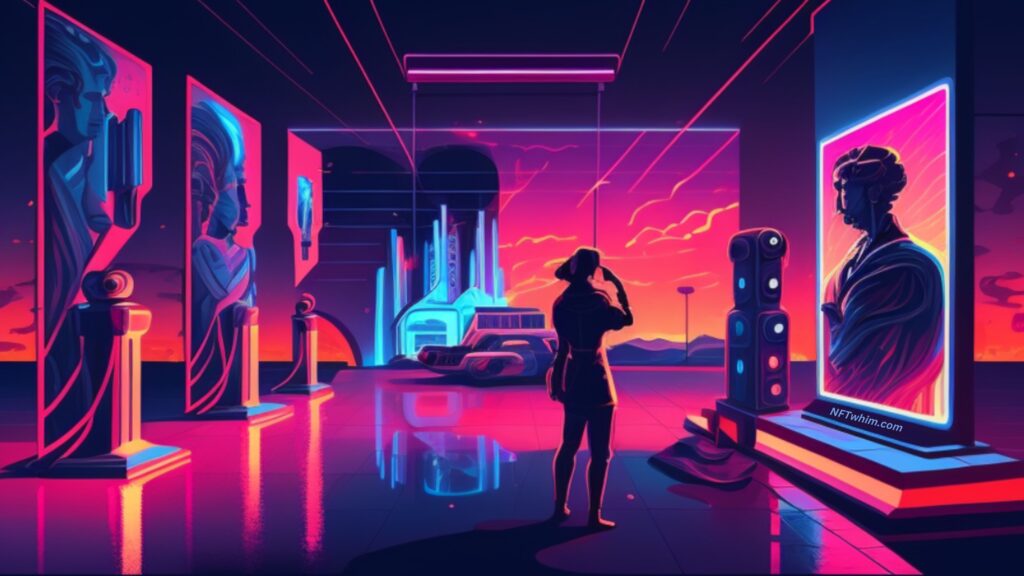
Set Realistic Pricing
When it comes to pricing your NFTs, it’s important to strike a balance between profitability and affordability. You want to make sure that your NFTs are priced fairly, while also reflecting their true value. Setting the right price can help you attract more buyers and increase the chances of a successful sale.
One key factor to consider when pricing your NFTs is the uniqueness of your artwork. If you’ve created a one-of-a-kind piece that’s highly sought after by collectors, you may be able to command a higher price. On the other hand, if your NFTs are similar to others on the market, you may need to price them more competitively.
Another factor to consider is the quality of your NFTs. Collectors are often willing to pay more for NFTs that are well-designed, have high-quality visuals, and are compatible with a variety of wallets and marketplaces. Make sure to invest time and effort into creating high-quality NFTs that will appeal to collectors.
It’s also important to evaluate market trends when setting your price. Look at the prices of similar NFTs on the market, and consider whether your NFTs are in high demand or not. If your NFTs are part of a popular collection or series, you may be able to price them higher.
When setting your price, keep in mind that NFTs are still a relatively new and evolving market. Prices can fluctuate quickly based on market trends and demand, so it’s important to stay up-to-date with the latest news and developments in the NFT world.
Finally, consider the platform and marketplace where you’ll be selling your NFTs. Some marketplaces charge transaction fees or take a percentage of your sales, so make sure to factor these costs into your pricing strategy. It’s also important to be transparent with buyers about any additional costs or fees associated with purchasing your NFTs.
In sum, setting a realistic price for your NFTs is a crucial step in pitching your NFTs to collectors. Consider the uniqueness and quality of your artwork, market trends, and any associated costs when determining your price. By pricing your NFTs fairly and accurately, you can attract more buyers and increase your chances of a successful sale.
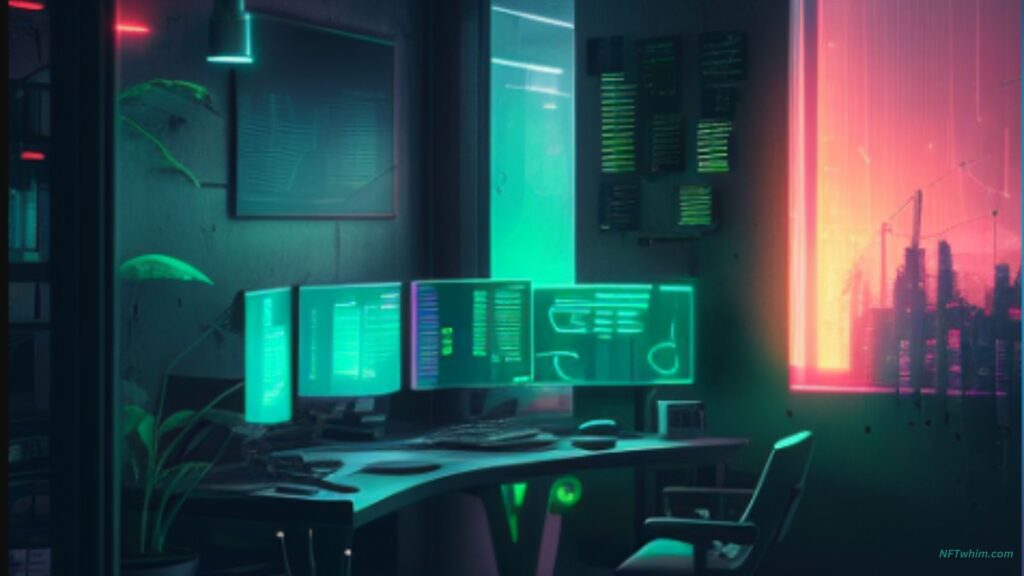
Conclusion
Pitching your NFTs to collectors requires a combination of strategy, creativity and marketing savvy. By understanding your target audience, building a strong brand identity, crafting a compelling pitch, using effective marketing strategies and setting realistic pricing, you can increase the chances of selling your NFTs to collectors. Remember that success in the NFT world takes time and effort, so don’t get discouraged if you don’t see immediate results. Keep experimenting with different approaches and techniques and continue to refine your pitch until you find what works best for you. Good luck on your NFT journey!
Robin
Author: Robin Olsson
Author Bio: I’m Robin and on this website, I share everything I’ve learned since getting into NFTs in 2021. I have a background in research and I’ve been in crypto for several years. You can read more about me here.
